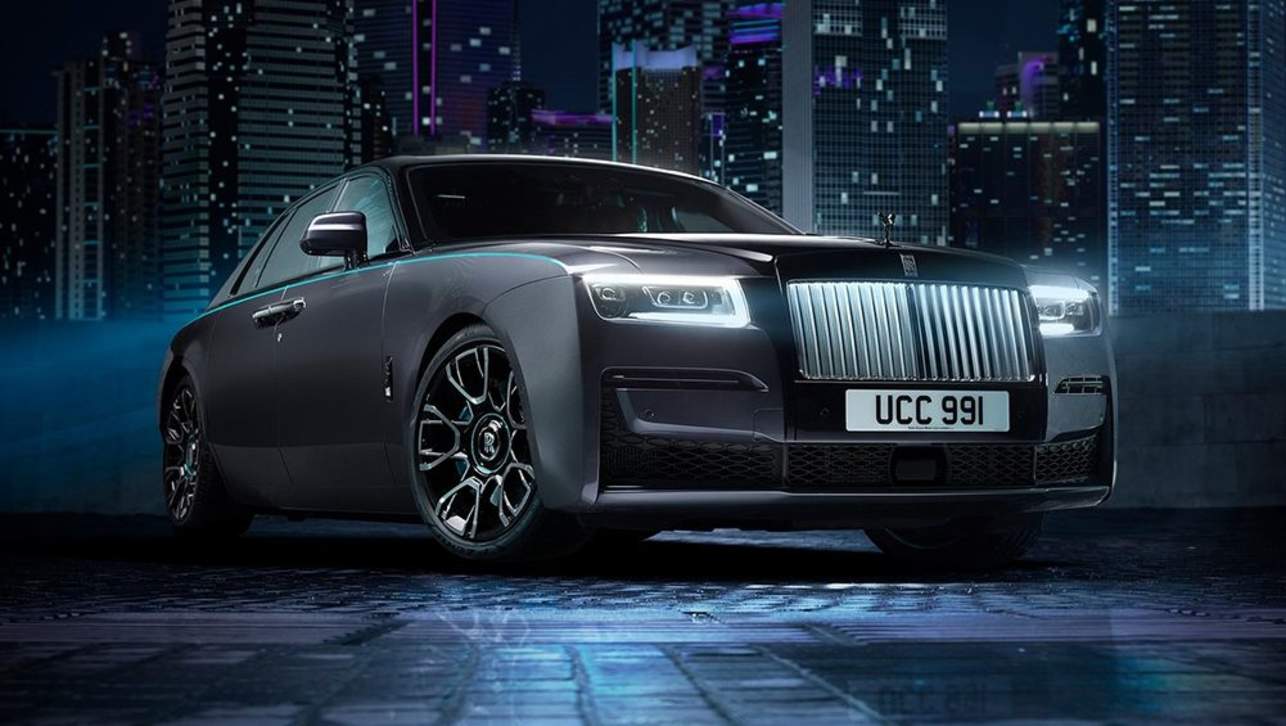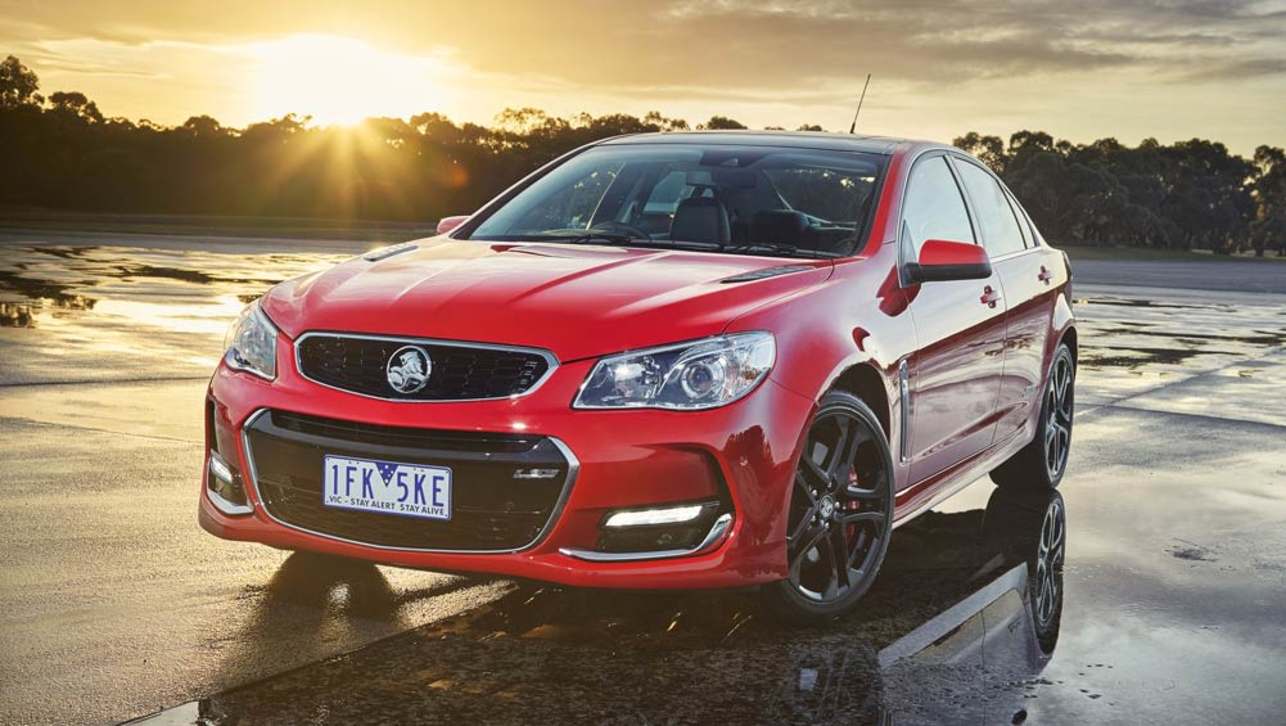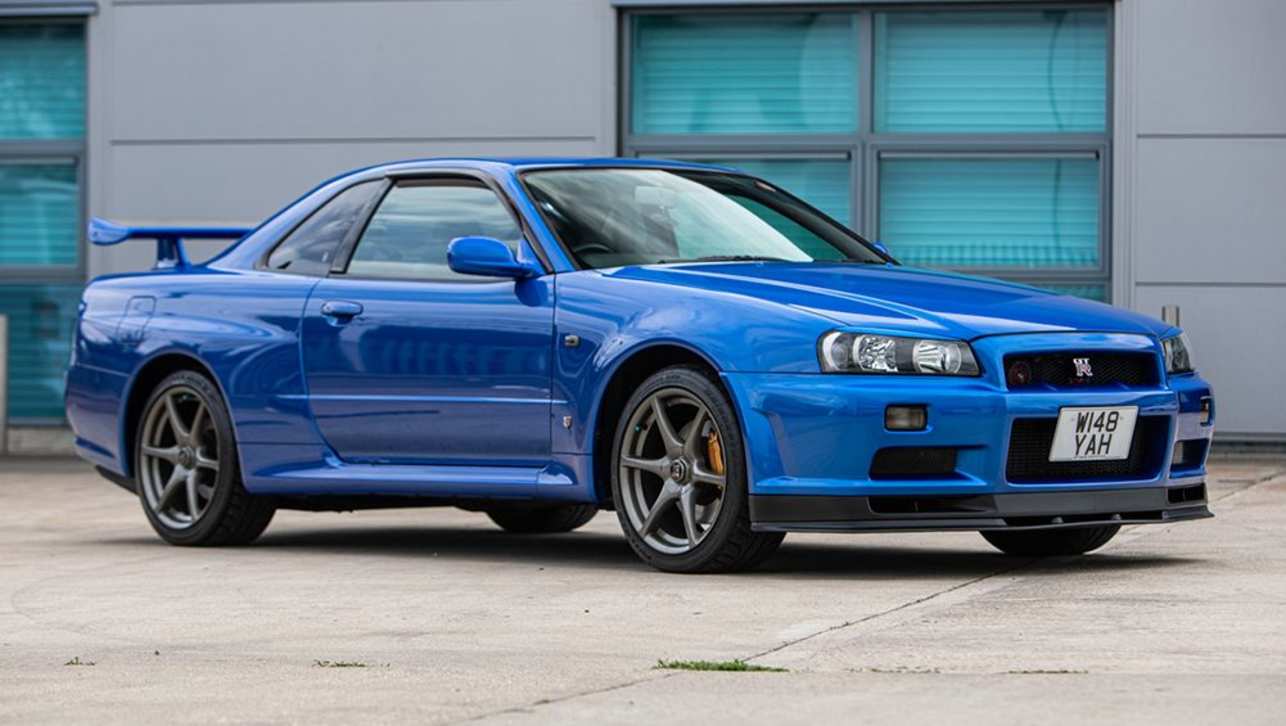No doubt, you’ve heard the term JDM. And you’re possibly vaguely aware that it has something to do with Japanese cars. But what does JDM mean in car terms?
In the most basic of definitions, JDM literally stands for Japanese Domestic Market. Therefore, a JDM car is one that was built in Japan and designed to be sold only in its home market.
JDM is a term more commonly applied to a particular specification of a car, as opposed to a whole make and model. Think about, say, the Toyota Celica we got here and the one that was designed for Japan only.
The latter was the JDM car. It was the details and specifications applied to the Japanese-market version of that Celica that made that variant a JDM car, not that it was a Toyota Celica.
The definition has been skewed a bit in recent years with JDM being applied to a lot of Japanese cars but if they were officially sold outside of Japan in the same specification, they’re not JDM cars in the strictest sense.
That said, you still see a lot of Japanese cars purporting to be JDM cars sticker bombed and with a rising sun decal on the roof or fuel cap. Let’s call them JDM modified cars. And for some people, that’s enough.
Then there’s the hard-core definition of a JDM car which is a model not sold anywhere in the world - in any form or specification – outside of Japan.
The Japan-only Kei class of tiny cars and vans (most of them anyway) are a good example of this, even though they’re not a performance car of any sort.
These Kei class cars are about the best JDM car under $10K you’re likely to find. They also represent a great way into P plate legal JDM cars, although their crash safety has to be questionable.
But meantime, doesn’t globalisation mean a first-gen Subaru WRX sold new in Australia was more or less the same as the one sold in Japan back in the day?
.jpg)
Not necessarily, and the Japanese home market version – and this extends way beyond just Subaru - was often quite a bit different.
For a start, the JDM version would, depending on its build date, have been limited to 180km/h with a speedo to match (a Japanese law) and if it was built in the 1990s, would have had an upper power limit of 206kW.
But even beyond that legislative stuff, the JDM variant of a particular car was often an improvement over what we (and the rest of the world) got.
Many a Japanese cars sold in Japan had a fuel-injected twin-cam engine, independent rear suspension and even a turbocharger. The Australia version of the same car (still built in Japan) was more likely to have a pushrod or single-cam engine, live rear axle and a single carburettor. (Yes, we were dudded.) And that’s largely why JDM cars can be such iconic things.
Sometimes these Japanese-only models came about because Japan had better quality, higher octane fuel than we did at the time (so could build more powerful engines) and other times it can be down to the fact that the Japanese version was a race homologation car where ours wasn’t.
Some JDM cars were specific to Japan for cultural and social reasons (physical size, for one). And sometimes you just get the feeling the Japanese carmakers simply saved the best cars for themselves. Makes sense, and why not?
These days, there’s a vibrant import industry that is seeing a lot of cheap and not so cheap JDM cars Australia bound. Sometimes they’re simply variants we didn’t see with more sophisticated mechanicals, other times they represent whole model-families we never saw here in the day.
Probably the most affordable way into a JDM car right now is one of the many Kei cars that have been imported privately. The Kei class was unique to Japan (apart from a handful of export exceptions) and was thriving at a time in Japan when you needed to prove you had the off-street parking available before you could legally buy the car. Given that the tiny Kei class cars could fit in a smaller parking space, more Japanese families could own them.
There’s also a growing market in Australia for previously underrated JDM cars like Toyota Crown station-wagons and Nissan Stagea wagons, both of which fall under the broader definition of JDM cars.
.jpg)
The companies that import these things are the best place to look for a JDM car for sale.
Keep in mind, though, that old JDM cars are still old cars and need a close, careful inspection before you hand over the cash. That’s even more important in the case of JDM cars for sale, as replacement and service parts are unlikely to be as readily available as they are for Australian-delivered models.
But, really, it’s the high-performance and classic sports cars that were restricted to Japanese consumers in the day that are the real prized buys these days.
So let’s take a look at the best JDM cars you can buy here now, thanks to that thriving grey importing industry that has sprung up all over the world to cater to JDM lovers who don’t live in Japan.
1. Subaru WRX STi 22B
.jpg)
Year: 1999
Power: 206kW
Why you want one: The best WRX-based car ever. Cool and rare.
The first-gen WRX is widely regarded as the purists’ choice and the 22B is the absolute holy grail. Only 424 were made in 1999, and 400 of those were sold in Japan (selling out in 12 hours). The other two dozen were snuck out of Japan, two of them being gifted to Subaru high-rollers rally ace Colin McRae and his co-driver Nicky Grist.
A tiny handful has made it to Australia as private imports, although some records suggest five were sent to Australia in the day with the rest going to the UK.
With its enlarged, hand-assembled engine, wider wheel-arches, 60mm front and 100mm rear wider track and huge torque, the 22B was a star from the beginning.
But while it looks like a homologation car, the 22B was actually a celebration model, build to mark Subaru’s rally successes in the WRC.
Even so, the air-conditioning delete and the water-spray for the intercooler suggest Subaru hadn’t gone soft on the thing. We’ve driven one and the mid-range torque and compliant ride are the absolute highlights, making even the current-model STi look clumsy and harsh.
These days, the 22B is almost certainly the most collectible road car the brand has ever built and prices are now topping half a million dollars.
2. Honda NSX-R
.jpg)
Year: 2002
Power: 206kW
Why you want one: Japan’s first supercar in its ultimate form.
The facelifted NSX of 2002 was also the model that gave us (well, Japan, anyway) the NSX-R, probably the most focused road-going version of the Japanese supercar ever made.
Sticking with the mid-engined V6 engine that helped make the NSX arguably Japan’s first true supercar, the NSX-R went on a crazy diet.
With the use of lots of carbon-fibre body parts and deleting stuff like the air-con, radio, sound-deadening, power steering and even the air-bags, about 110kg were shed.
Each of the R’s 3.2-litre V6 engines was hand-assembled by Honda’s race engineers and every component was balanced and blueprinted to reduce imbalance and boost smoothness and output.
The results were stunning and even though the basic NSX design was then more than a decade old, it catapulted the Honda back up the performance charts.
Probably not the nicest NSX to drive thanks to the power-steering delete, but since you’ll need to find at least half a million bucks (probably more) and only 140 were made, a lack of power-steering is likely academic.
3. Nissan Hakosuka
.jpg)
Year: 1969
Power: 118kW
Why you want one: The start of the GT-R dynasty.
The Nissan GT-R dynasty has gone on to become one of the most revered, successful four-wheeled franchises ever to come out of Japan.
And while different fans have different favourites (the Bathurst-winning R32, the current R35) it stands to reason that the one that should be celebrated above all others is the original. Which means the 1969 Nissan PGC10 gets the award and makes this short-list.
What’s perhaps most interesting is that a lot of the engineering on the hot-rod C10 was the work of Prince, rather than Nissan.
In the early 1960s, the Japanese government 'suggested' that its carmakers pair off to improve economies of scale and keep the industry afloat. Suddenly, minnow Prince saw itself consumed by Nissan.
Prince had already been working on performance cars, but with Nisan’s input, the C10 emerged as the four-door Skyline GT-R (the coupe - KPGC10 - followed in 1971) running a 2.0-litre six-cylinder (Prince’s design) with triple carburettors and around 160 horsepower (118kW).
And it was a sensation, winning more than 50 races in its first three years of production and proving more or less unbeatable in the day. Just like the later Godzilla-tagged GT-R coupes that stormed race tracks all over the planet.
Fun fact: 'Hakosuka' is a combination of the Japanese words 'hako' for boxy (true!) and 'sukarain' for the mountainous skyline roads where the road-car shone most brightly (and, you suspect, the sport of drifting might have had its genesis – and it’s just a theory - a few years even before Keiichi Tsuchiya, aka The Drift King, officially kicked street drifting off in the '70s.)
4. Toyota Supra JZA80 RZ
.jpg)
Year: 1993
Power: 206kW
Why you want one: Anything with a 2JZ-GTE is worth owning.
We’re going to use the broader definition of a JDM car here, because the hottest, fastest, most legendary Toyota Supra was, in fact, sold beyond Japan, but not in Australia.
But no matter how you define it, the JZA80 Supra in RZ form was and is a truly collectible car that epitomises the Japanese way of doing things.
Based on the 1993 Supra, the first thing Toyota’s engineers did was take weight out. They did so by using aluminium for some body panels as well as the front cross-member and, in the process removed about 100kg and the biggest criticism of all previous Supras.
In RZ form, you could forget about normally aspirated engines, because that car featured the revered 2JZ straight-six of 3.0 litres with boost – and lots of it – courtesy of a pair of sequential turbochargers.
Actually, this version of the engine was known as the 2JZ-GTE and as well as the compound turbos, the unit ran an air-to-air intercooler and variable valve timing.
While the official power claim was that government-mandated 206kW, the 2JZ has enormous tuning potential and is capable of more than 1000 horsepower on the standard bottom end.
The JZA80 Supra got a big shot in the arm by being one of the hero cars in the first (but just as unwatchable as the many sequels) Fast and the Furious movie of 2001. But don’t let that put you off.
5. Efini RX-7

Year: 1992
Power: 206kW
Why you want one: The rotary engine at its most intoxicating.
The third generation Mazda RX-7 – also known as the FD model – was exported far and wide. But in Japan, there was a Mazda sub-brand called Efini that also marketed a JDM version of the RX-7.
Within that line-up was a model called the Type RZ and although the same car was also sold with a Mazda badge, the Efini version was Japan-only and fairly short-lived.
Starting with the very capable FD chassis and twin-turbocharged rotary engine of just 1.3 litres, the Type RZ variant added BBS wheels, bigger, drilled brake rotors, a strut brace, revised suspension, a shorter 4.30:1 differential ratio (and a longer fifth gear to compensate at highway speeds) and a went on a crash diet to weigh in at just 1270kg.
Even though the car was still subject to the agreed upper power limit of 206kW, one drive was enough to tell you that this was way below what the engine was actually pushing out.
In fact, any FD RX-7 is a thrill machine with the sequential turbochargers spooling up early and giving loads of rushy power all the way to redline.
The ride is firm and the interior tiny, but the FD Efini (or Mazda) is a proper classic and underlines Japan’s commitment to being different if different worked.



.jpg)


.jpg)

 copy.jpg)
.jpg)
.jpg)
.jpg)
.jpg)







.jpg)


.jpg)




Comments